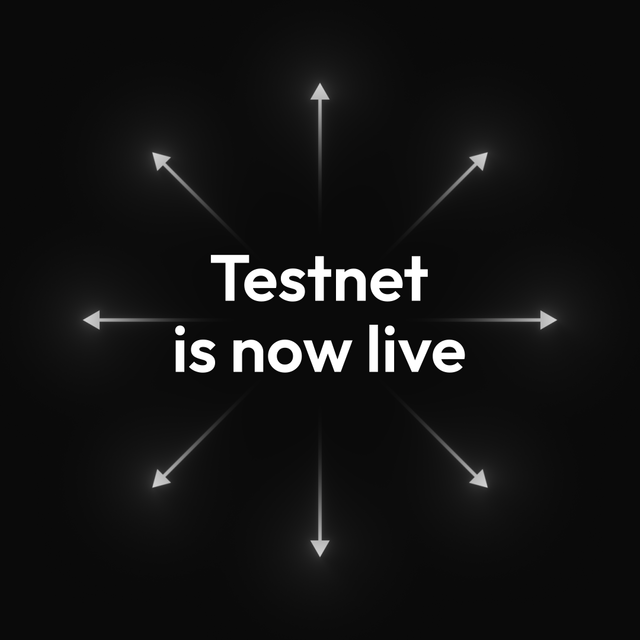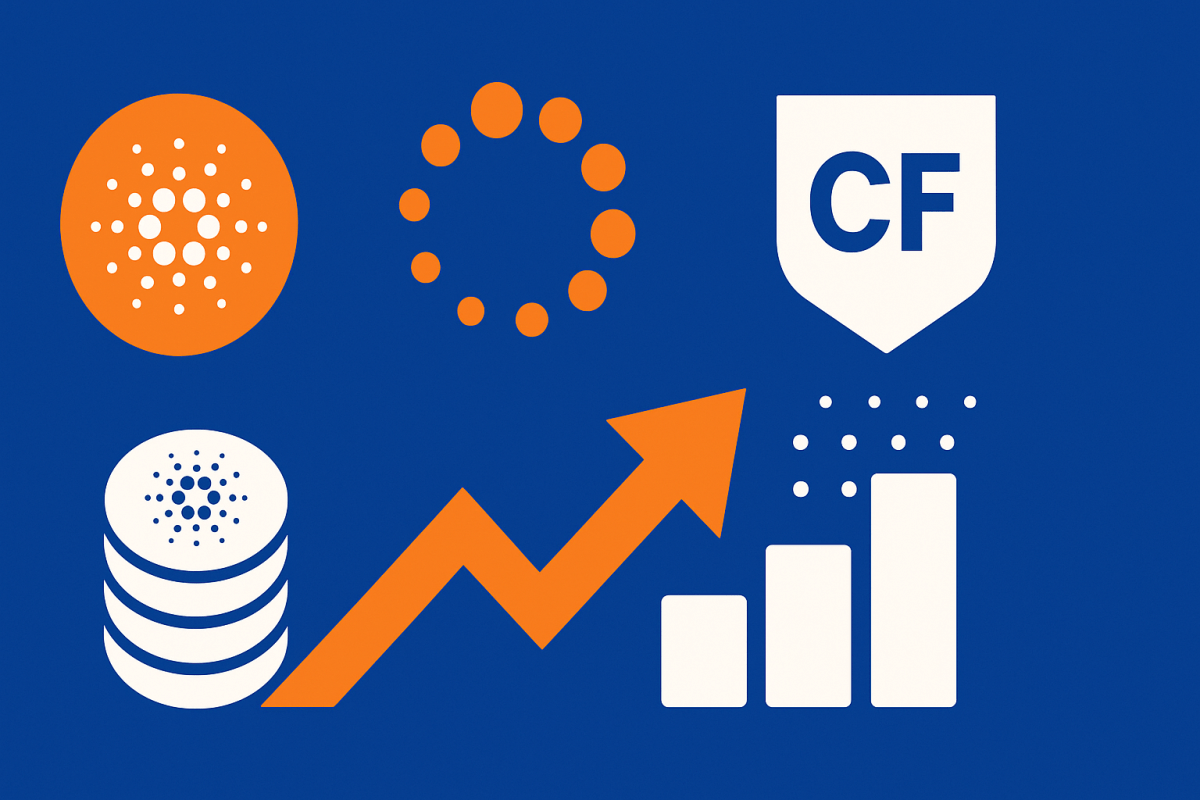Cardano has native liquid staking, other projects just pretend it
Cardano has liquid staking directly as a feature of the protocol. In the case of many other PoS projects we can hear about liquid staking too, but it has different properties. What is liquid staking and how is Cardano...

Cardano has liquid staking directly as a feature of the protocol. In the case of many other PoS projects we can hear about liquid staking too, but it has different properties. What is liquid staking and how is Cardano different from other PoS projects?
TLDR
- Early PoS protocol designs included a lockup period during which users cannot transact with their coins. Coins are illiquid.
- Cardano has no lockup periods. ADA coins are liquid during staking.
- In the case of Cardano, we can talk about native liquid staking or protocol-based liquid staking.
- If the PoS protocol has a lockup period, liquid staking can be facilitated through third parties.
- In liquid staking based on a third party, the user receives tokens for coins that the third party will stake. Users can interact with multiple DeFi services earning multiple rewards from one pool of funds.
- Third-party-based liquid staking has many disadvantages for both protocol security and users.
- To achieve the maximum possible degree of decentralization, it is important to balance the economic interests of users with the needs of the protocol.
- The primary mission of PoS consensus is not to reward holders but to decentralize the network based on native coins. Entrusting the coins to a third party and being able to get a reward can be seen as cheating the protocol.
- Is multiple staking on Cardano possible?
The traditional design of staking
Early PoS protocol designs included a lockup period during which users cannot transact with their coins. Most PoS protocols follow this concept. The lockup period is used so that the protocol has control over the coins and can take them from the owner if they violate protocol rules. The coins are illiquid during the lockup period. If users want to do something with them, such as sell them or use them in a DeFi service, they have to wait until the end of the lockup period. Some protocols allow the early release of coins, but the user has to pay a penalty.
Ethereum currently won't allow the release of ETH at all. Only the Shanghai upgrade will change that. Solana locks coins for 5 days, BSC for 7 days, Polygon for 21 days, Avalanche for 14 days, Polkadot and Cosmos for 28 days, Near for 1 day, etc.
Lockup periods are annoying when the market is down and users cannot sell coins in time if they want to. Long lockup periods of several weeks are unpleasant, as the cryptocurrency market can fall relatively much during this time. There are other disadvantages. Users are not free to use coins for payment or in DeFi services. They always have to choose between staking coins or using them elsewhere.
Liquid staking on Cardano
The IOG team managed to create staking that is user-friendly and easy to understand. Cardano has no lockup periods and there is no defined minimum of coins that a user must have to participate in staking. Users can stake any amount of ADA coins from their own wallets and can spend the coins at any time.
It is important that the coins are in the wallet from which they are staked at the time the Cardano protocol takes the snapshot. During this process, the balances in the staking wallets are recorded. Cardano takes snapshots periodically every 5 days during the transition between epochs.
The user will stake as many coins as were in the wallet when the snapshot was taken. This means that after the snapshot the user can send all ADA somewhere else. If there is no ADA back in the wallet during the next snapshot, the coins will not be staked. If a user buys new ADA coins and sends them to their staking wallet, they will be automatically staked after taking another snapshot. Of course, it is necessary to take into account that the coins will be used in the active stake with one epoch delay.
ADA coins are liquid during staking. That's why the Cardano community talks about liquid staking. Unfortunately, the term liquid staking was originally intended for a different mechanism. In the case of Cardano, we can talk about native liquid staking or protocol-based liquid staking since there is no need for a third party to ensure the liquidity of coins and there is no need to issue tokens.
Third-party-based liquid staking
If the PoS protocol has a lockup period, liquid staking can be facilitated through third parties.
Users do not like not having access to their funds for a certain period of time. They usually want to earn passive rewards, but they also want to sell, trade or use the coins. How to allow users to get rewards for staking and at the same time be able to interact with coins? A solution has been found and it is called, surprisingly, liquid staking. This kind of liquid staking is not supported by the protocol and is facilitated through a third party.
The user entrusts their own PoS coins to a third party who can stake them. The third-party provides the user with tokens in the same amount as the entrusted coins. The tokens have the same market value, or only slightly less. The advantage is that the tokens are liquid. The third party is fine with the fact that the entrusted coins will be locked for a protocol-defined period of time.
Tokens earn users staking rewards while unlocking liquidity. Users are able to transfer, store, trade, and earn yield across DeFi services just like with native tokens. They can interact with multiple DeFi services earning multiple rewards from one pool of funds.
It can be said that third parties and tokenized PoS coins solve the disadvantages of traditional staking which has lockup periods. Unfortunately, this solution has many disadvantages for both protocol security and users.
To achieve the maximum possible degree of decentralization of PoS networks, it is important to balance the economic interests of users with the needs of the protocol. This means that coins should remain in the hands of users who should stake them from their own (hardware) wallets. Third-party-based liquid staking can lead to centralisation and other risks.
PoS coins and tokens may have similar market value, but their meaning from a protocol perspective is fundamentally different. The Ethereum protocol is decentralized through ETH. Imagine you send 10 ETH to a third party who gives you 10 stETH tokens (tokenized ETH) in return. Another 1000 users will do the same. The third-party holds 10,000 ETH and thus becomes a significant point of centralization. 1000 users hold stETH tokens, which are not significant to Ethereum decentralization. The third-party stakes ETH, so the coins are locked. It is likely that if all users wanted to get their ETH back from the third party at once, the third party would have liquidity issues. It is possible that high selling pressure could reduce the market value of stETH.
The third party can be a centralized exchange or a smart contract. Having PoS coins on centralized exchanges is wrong either way. If the third party is a smart contract, the situation is slightly better. In the case of Ethereum, the third party has to operate a large number of validators. What happens in the case of slashing? The third-party will lose ETH, but the user will still have stETH and expect to get ETH back for it. A third party may suffer an economic loss as a result of slashing. If the third party loses a large amount of ETH due to some serious error and goes bankrupt, the stETH essentially loses value.
Third-party-based liquid staking can be a problem for decentralised governance, as voting is possible only with native coins and not with their tokenised version. Not all PoS ecosystems want to have decentralized governance. If that is what the community is aiming for, it should be concerned with how to deal with the fact that people hold tokens instead of PoS coins.
The primary mission of PoS consensus is not to reward holders but to decentralize the network based on native coins. Entrusting the coins to a third party and being able to get a reward can be seen as cheating the protocol.
Analysts expect that third-party-based liquid staking has huge potential for growth. At the time of writing, the liquid staking share on Ethereum is approximately 38%, on Solana, BSC and Polygon 3%, on Avalanche and Near 2%, on Polkadot 1% and on Cosmos 0.2%. Interestingly, on older projects that allow staking the share is very low compared to Ethereum which switched to PoS consensus in September 2022. The Ethereum liquid staking market is being dominated by Lido Finance, which currently boasts a ~ 78% market share with ~ 4.27M ETH deposited.
Multiple staking on Cardano
Cardano has native liquid staking. What if you would like to receive rewards for staking from the Cardano protocol and at the same time other rewards for providing liquidity on AMM DEX or other DeFi services?
There will be services emerging that allow users to do exactly that. Users will send ADA coins to a third party and receive tokens. They can then stake the tokens and get rewards. The third-party will stake ADA and give the rewards to the user. This is also a kind of third-party-based liquid staking.
Some users will take advantage of this option. In terms of risk, pretty much everything described in the section above applies. Users giving up ADA coins that are used to decentralize Cardano. Moreover, they expose themselves to more risk than if they stake ADA from their own Cardano wallet. If you choose to use these services, it is wise to do good research and spread the risk over multiple similar services. Staking ADA on Cardano may not have the highest yield, but it is the safest form of staking.
Conclusion
What is actually liquid staking? The name is somewhat inaccurate, as native coins are always illiquid if the protocol has a lockup period. Users want to have liquid funds. Only tokens that users receive from a third party are liquid, but coins will always be locked and illiquid during staking.
Cardano has native liquid staking. The user can either stake ADA from their own wallet, thus retaining control of the pool they delegated the coins to, or use the coins elsewhere. Cardano should be included in all summaries and lists that talk about liquid staking. Some analysts believe that liquid staking is only possible if a third party gives back tokens to users. This is a big mistake. Cardano is a good example of what liquid staking should look like when it comes to decentralization.
Delegate Your Voting Power to FEED DRep in Cardano Governance.
DRep ID: drep12ukt4ctzmtf6l5rj76cddgf3dvuy0lfz7uky08jfvgr9ugaapz4 | We are driven to register as a DRep by our deep dedication to the Cardano ecosystem and our aspiration to take an active role in its development, ensuring that its progress stays true to the principles of decentralization, security, and community empowerment.DELEGATE VOTING POWER!








